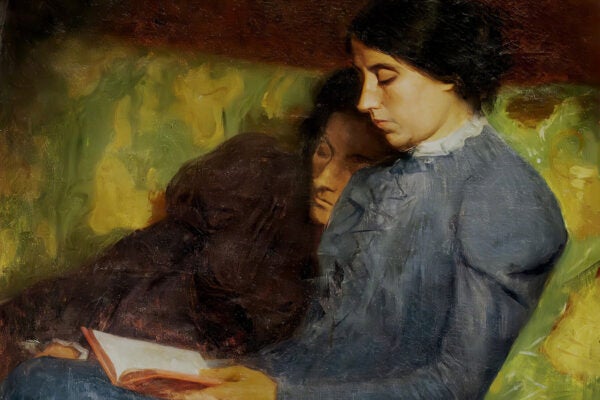The horrifying number of COVID-19 deaths at nursing homes doesn’t just reflect the general problems governments have had addressing the pandemic. It also spotlights the difficulties many older and disabled people face in nursing homes. As health policy scholars Lydia L. Ogden and Kathleen Adams write, that’s a longstanding problem.
During the nineteenth century, Ogden and Adams write, many older and disabled people with few other options lived in almshouses, long known for awful conditions. The mistreatment of residents in these facilities helped build momentum for government-funded old-age pension systems. But even after the Social Security Act of 1935 helped improve the desperate situation of older Americans, there was still the matter of people too chronically ill or disabled to live without on-site care. New streams of public payments assisted these people in paying for private institutional care, which new operators stepped up to provide. But the funding was extremely limited, and these early nursing homes had many of the same problems as the almshouses.
In 1954, Congress created a new funding stream to pay for the construction of nursing homes as well. This helped expand the supply of long-term care. Meanwhile, new federal money went to loans for nursing home developers, encouraging their growth. Ogden and Adams write that these government moves changed the nature of nursing homes from a residential safety net to a part of the healthcare system.
“From an economic perspective, nursing home care shifted from being a social good to a consumable good, like other health care,” they write.
More opportunities opened up for fancy nursing homes paid for with private dollars, but that was a limited market.
In the 1960s, government funding for nursing home care expanded as a program called Medical Assistance for the Aged, and, later, Medicaid, created federal-state partnerships to pay for care for low-income people. However, Medicare—a fully federal program open to older adults of all income levels—only covered (and still covers) short-term rehabilitative stays in nursing homes. Ogden and Adams write that “designers deliberately excluded long-term nursing home coverage because they were afraid it would destroy the budget and political support for health insurance for seniors.”
As it began providing funds through Medicare and Medicaid, the federal government also took some responsibility for overseeing state regulation of nursing homes. But it didn’t hold them to terribly high standards. If it had, Ogden and Adams write, few facilities would have been able to comply, and that would have added pressure to supply more funds for improvements.
Weekly Digest
Over the decades that followed, nursing homes faced a series of scandals including fires, food poisonings, and neglect and abuse of residents. Modern nursing homes may not be as atrocious as the old almshouses, but they often have significant problems—frequently related to government reimbursement rates that are insufficient to pay workers well and have enough staff available. With COVID-19 now calling widespread attention to the difficulties of nursing homes, it’s unclear whether political leaders will make that a higher priority.







